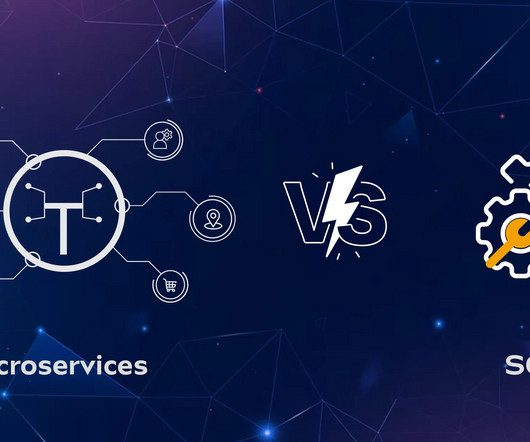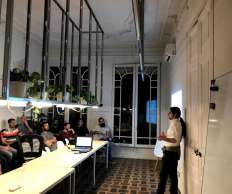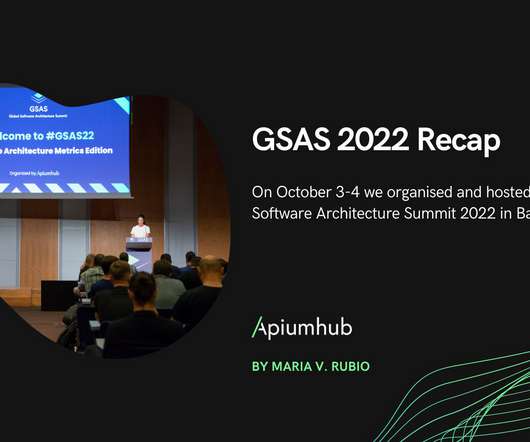10 IT skills where expertise pays the most
CIO
MAY 10, 2024
Service-oriented architecture (SOA) Service-oriented architecture (SOA) is an architectural framework used for software development that focuses on applications and systems as independent services. Because of this, NoSQL databases allow for rapid scalability and are well-suited for large and unstructured data sets.































Let's personalize your content